Oxygen Therapy Equipment Size
Oxygen Therapy Equipment Market Growth Projections and Opportunities
The oxygen therapy equipment market is strongly influenced by the prevalence of respiratory disorders worldwide. With conditions such as chronic obstructive pulmonary disease (COPD), asthma, and pneumonia on the rise, the demand for oxygen therapy equipment, including concentrators and cylinders, has experienced substantial growth. The Global population is aging; contributes to the market in a major way because the old people are likely to develop respiratory challenges such as COPD. Additionally, the ever growing rate of chronic illnesses related to age namely, heart and respiratory diseases increases the demand for oxygen therapy equipments so as to control and maintain life quality for such patients. By affecting the oxygen therapy equipment market are fast advancements of breakthroughs in respiratory care. The innovations like portable oxygen concentrators, smart delivery systems, and real time monitoring devices have improved the purpose and usability of oxygen therapy, which directly increases the implementation of oxygen therapy. Growth of the market is due to increased awareness about oxygen therapy to the health professionals and the common man which is the most vital force for growth. Education and campaigns on such respiratory conditions takes a proactive approach in the management of the same hence creating a demand for such oxygen therapy equipment. Internationally, the rise in the overall healthcare spending contributes to the growth of the oxygen therapy equipment market. Budget allocation of healthcare facilities for respiratory therapy is followed by over demand for high technology devices to improve oxygen delivery as well as patient salvation. The desire for such oxygen therapy equipment has increased with the pandemic of COVID-19. The virus caused complications to breathing that continues to drive need for enhanced oxygen support; therefore, the importance of oxygen therapy equipment in managing respiratory distress amplifying the demand and demand stability can be highlighted. The escalated air pollution causes prevalence of respiratory disorders hence the increasing demand for oxygen therapy equipment. Urbanization and industrialization have resulted to increased risk of exposure to pollutants thereby warranting the use of oxygen therapy as one of the most effective interventions to respiratory diseases. The fact has also had an impact on oxygen therapy equipment market owing to the integration of telemedicine and remote patient monitoring solutions. The use of remote monitoring devices to allow physicians to monitor patients’ oxygen level remotely and adjust therapy setting, thus reducing the effect of delivering oxygen to patients. Economic stability and disposable income levels impact the purchasing power for oxygen therapy equipment. Economic growth in various regions positively influences healthcare spending, leading to increased investments in advanced respiratory care solutions.
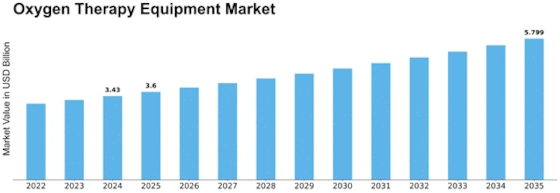

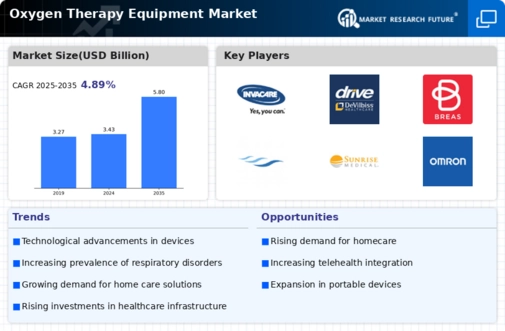
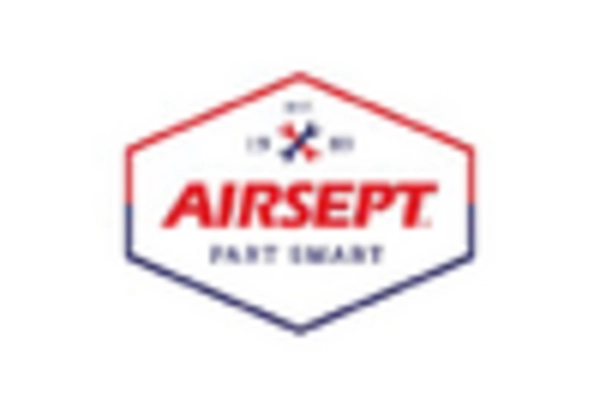

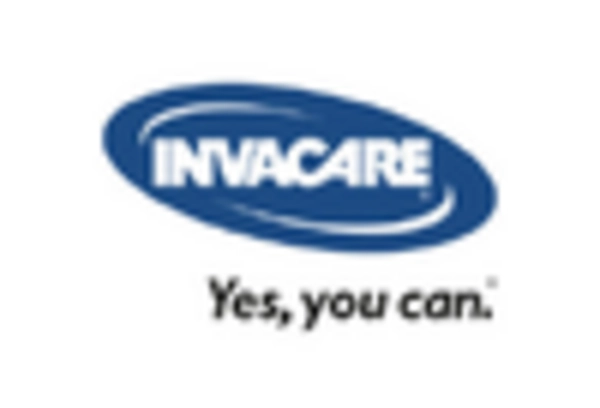
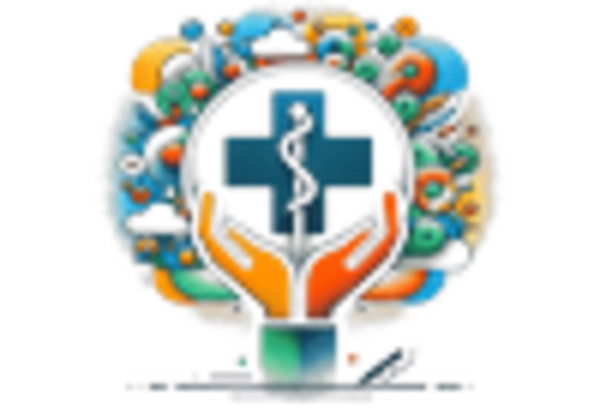

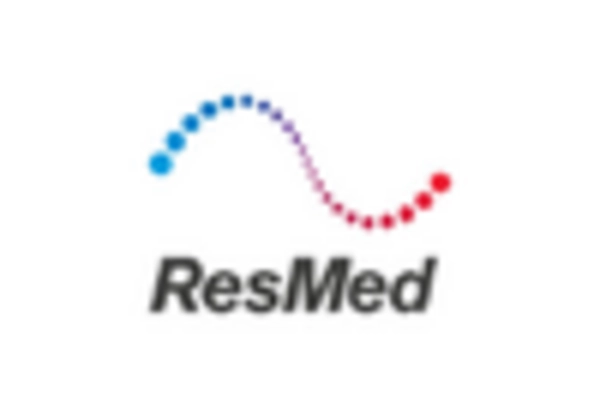









Leave a Comment